I am a newbie to the Pacific Coast, but I am no stranger to living on a fault. As a kid in Utah I stuffed emergency kits with my parents and dove under my desk during earthquake drills at school. When you live in earthquake country, it pays to be prepared.
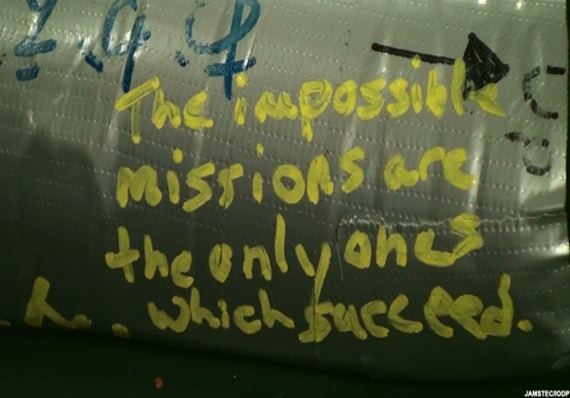
A member of the UCSC team wrote this inspirational message on a piece of equipment scheduled to go down into the deepest scientific drilling well in history. Photo courtesy of JAMSTEC/IODP.
An international science team’s preparation is paying off with a new research project on the fault that caused the March 2011 magnitude 9.0 Tohoku earthquake in Japan. The project started last year when UCSC seismologist Emily Brodksy organized an joint US-Japan expedition to investigate the fault – an expedition that happened only because Brodsky was ready to go when the quake hit.
In 2008, Brodsky organized a conference in Tokyo to discuss a plan for rapidly responding to major earthquakes. The plan called for drilling through the fault and installing temperature sensors to measure, for the first time, the amount of frictional heat created by sliding tectonic plates in an earthquake.
It’s only a few tenths of a degree but that’s enough to calculate the coefficient of friction, a measure of how strong or weak the fault is. (Utahns wax their skis to reduce their coefficient of friction. Californians wax their surfboards for the opposite effect.). The heat dissipates within 12 to 18 months of the quake, hence the need for a rapid response plan.
So in March 2011, when the Tohoku earthquake hit, Brodsky put her plan into action with her colleagues and the approval of the International Ocean Drilling Program.
Casey Moore, emeritus professor of earth science at UCSC, went to Japan to locate the fault zone “We had three objectives,” he told me. “Find the fault, sample the fault, and instrument the fault.”
The team boarded the drilling ship last April. After a typhoon and three unsuccessful attempts, they finally drilled an 800 meter well
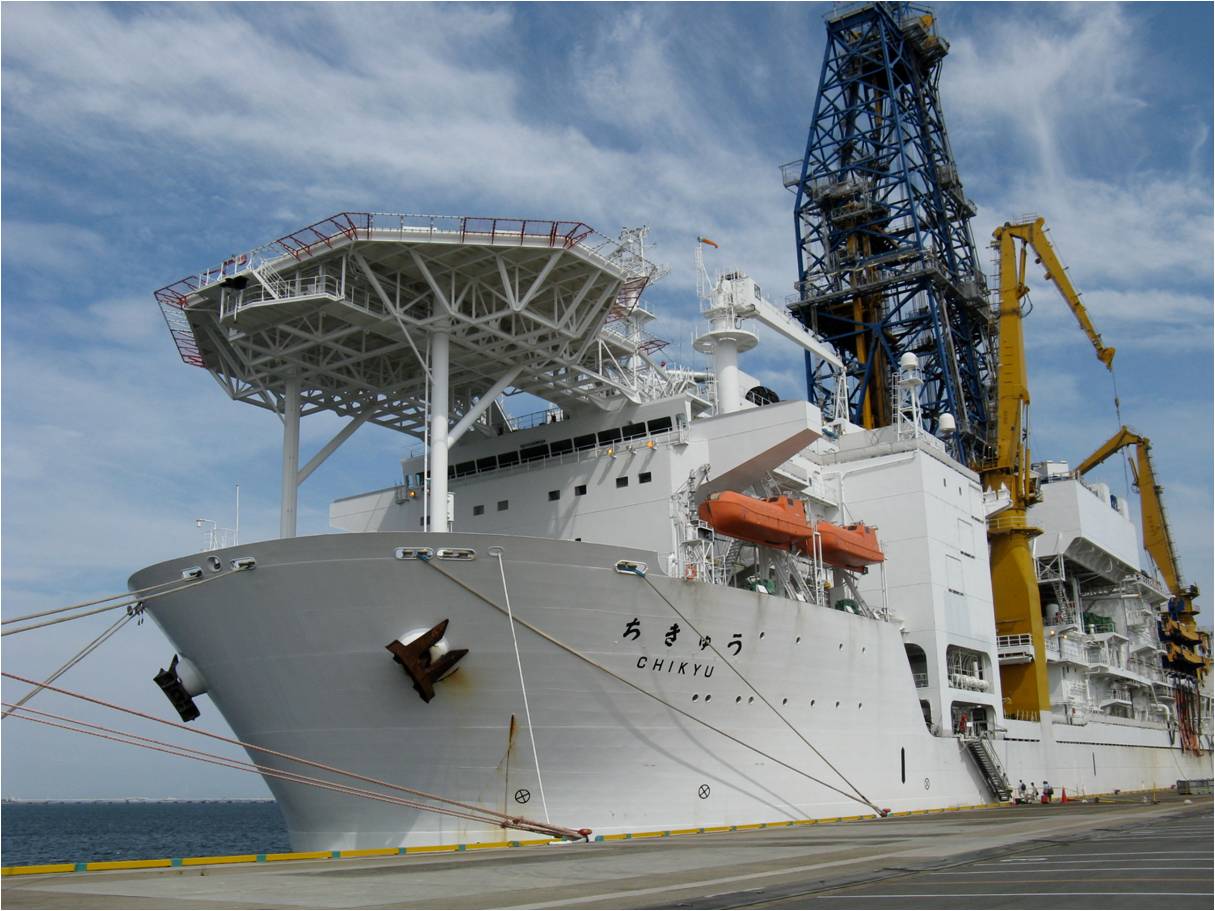
The Chikyu, Japan’s largest deep sea drilling vessel. The ship was damaged in the March 2011 Tohoku earthquake, but was up and running when the UCSC team came aboard in April 2012. Photo by Casey Moore.
through seven kilometer-deep water – the deepest scientific well ever drilled. They took rock samples from the well in May, but by then there wasn’t enough time to install instruments, and Moore went home.
Brodsky then went on a second cruise in July placed a string of temperature sensors into the well to finish the job. “Only then did I have that sense of elation,” Moore said, when he heard that the second cruise was successful. They’ll retrieve the sensors early next year, and find out then if the experiment worked. By then it will be too late to try again. The opportunity will be gone.
But the team prepared for everything. They built weak links into the string of temperature sensors in case the fault slides between now and then and chops the string in half. “I’m optimistic,” Moore said.
In the meantime, Brodsky, Moore, and others are poring over the samples recovered from the May cruise. The fault only comprised a few meters of rock in the 800 meter well, so Moore made his best guess at where the fault might be. He guessed right. “Finding the fault zone was really exciting,” Moore said. The fault surface turned up as a soft scaly claystone – hardly the kind of surface strong enough to build up enough energy for a magnitude 9.0 quake.
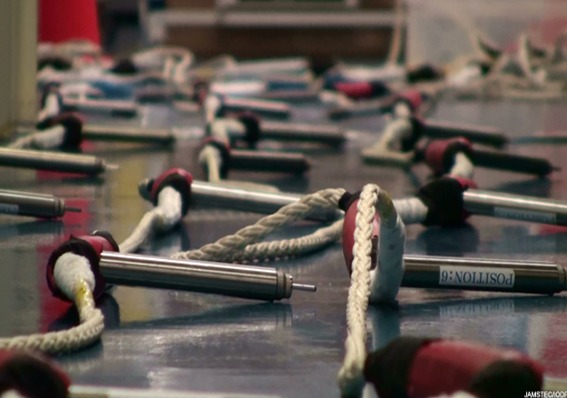
Strings of temperature sensors, used to measure frictional heating on the fault that caused the March 2011 Tohoku earthquake. Photo courtesy JAMSTEC/IODP.
Figuring out the coefficient of friction will help answer the big question that still surrounds the Tohoku earthquake – Why did such a weak fault unleash such a strong quake? The answer is critical to understanding how dangerous faults (like this one off the coast of Seattle) hold together and why they slip.
Because this is earthquake country. And it pays to be prepared.


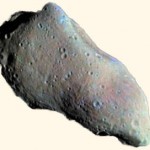
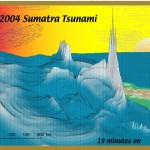

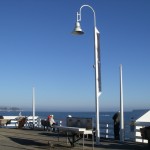
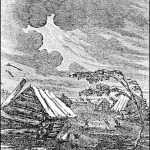
Very nice, Paul. This project is undeniably cool, and Casey Moore is one of my favorite UCSC scientists. I was a TA for him 25 years ago!
Paul, the blog is very nice. I also like your links to aspects of the scientific ocean drilling program. Those links go to very rich sources from which one can learn a lot. This story should develop over the next year. Some preliminary results will be presented at the American Geophysical Union meeting in San Francisco in early December